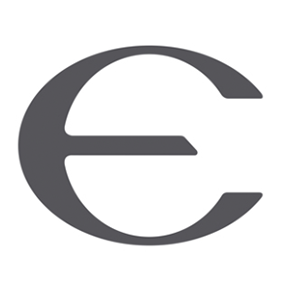Advertisement
Niacin is one of five nutrients (together with thiamin, riboflavin, iron and folate) whose addition is mandatory in all enriched flour and flour products. The enrichment is required under the law because flour products, particularly bleached white flour products, lose a lot of essential vitamins and minerals during processing. The standardized flour enrichment dramatically reduces the occurrence of inadequate intake of these five nutrients. Among all Americans over 2 years of age, less than 2% get too little niacin or riboflavin; 6% get too little thiamin; 7% get too little iron; and 11% get too little folate. The low occurrence of inadequate intake of the nutrients added to processed grain products testifies to the success of the currently mandated flour enrichment policy. However, food manufacturers add much higher amounts to many processed foods than is required by law. As a result of this excessive fortification, nearly 5 million children ingest niacin in amounts exceeding the tolerable upper intake levels set by the Institute of Medicine.
Continue Learning about Vitamin B3 Niacin
Important: This content reflects information from various individuals and organizations and may offer alternative or opposing points of view. It should not be used for medical advice, diagnosis or treatment. As always, you should consult with your healthcare provider about your specific health needs.
